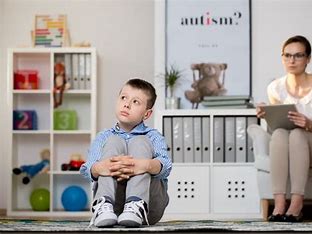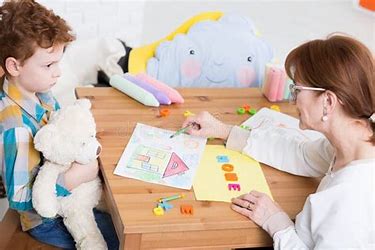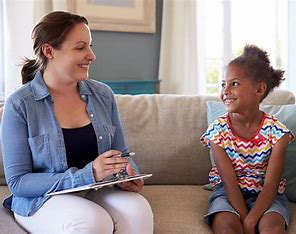
1.Why Anxiety Isn’t Bad—Understanding Your Brain’s Alarm System
🌟 Anxiety Is Normal – But It Can Feel Big Children experience anxiety just like adults do. In fact, it’s part of our built-in safety system—designed to protect us. But sometimes, the brain’s alarm goes off even when there’s no real danger. That’s when anxiety starts to feel overwhelming. 🧠 We call this the “Lizard Brain” response—fast, reactive, and protective. Helping your child understand this helps reduce shame and builds emotional literacy. What’s Happening in Their Brain? When your child senses danger (even if it’s just a change in routine or a new situation), the oldest part of their brain kicks in to protect them. That’s their fight-flight-freeze response. Sometimes the Lizard Brain is right. But often, it just needs reassurance. 🧘♀️ Key Tip: Talk with your child about how their brain is trying to help, even if it doesn’t always get it right. This builds a foundation of safety and understanding.

10. “You’re Not in Trouble” – Helping Anxious Children Feel Emotionally Safe
🧠 Anxiety Often Feels Like Danger Many anxious children interpret correction or redirection as rejection. Even a kind “No” can make them feel like they’re failing or in trouble. 🧘 What Emotional Safety Sounds Like: “You’re safe. I’m here.” “You’re not in trouble—we’re just figuring this out together.” “It’s okay to make mistakes. We all do.” 🧸 Try This: Create a “safe word” or cue with your child that means, “I need reassurance.” This gives them a voice without needing to explain everything when emotions are high. 💬 Key Message: When kids feel emotionally safe, their nervous system calms down—and learning and trust can grow.

7. Teaching the Brain to Accept What We Can’t Control
☁️ Mindfulness = Noticing Without Fixing Not all anxiety needs to be fixed. Some of it just needs to be seen, felt, and gently moved through. Mindfulness teaches kids that emotions are like clouds—they pass. 🧘♀️ Try the “Sound & Thought Game” - Sit quietly with your child. - Ask them to name 3 sounds they hear. - Now ask what thoughts are floating by—just like clouds. Remind them: “You don’t have to chase the clouds. Just watch them drift.” 🧠 Key Tip: Mindfulness helps children feel in control *without needing everything to be perfect.*

4:.Releasing Tension from the Body
🌈 Turn Tension Into Calm Anxious children often hold tension in their bodies. They might clench their jaw, fists, or shoulders without realising. Muscle relaxation helps them release this stored stress. 🍋 Lemon Squeeze Exercise - “Squeeze your toes like you’re squashing a lemon.” - “Now let go. Let the lemon juice drip away.” - Repeat this through legs, tummy, arms, and face. 🧘♂️ Key Tip: Make it playful! The more fun it is, the more likely kids are to use it when they’re overwhelmed.

11. Supporting Your Child After an Anxiety Episode
🌀 The Aftermath Matters After an anxious moment, your child might feel: Embarrassed or ashamed Confused about what happened Tired or drained This is your chance to help them recover and learn—not through lectures, but through kindness. 🤝 What Helps: A cuddle or calm presence A gentle “That was hard. I’m proud of you.” A short conversation later (not in the heat of the moment) 🧠 Try This: Name something they did well—“You told me you felt wobbly,” or “You let me help you calm down.” This builds confidence and self-trust. 💬 Key Message: The more supported they feel after anxiety, the less afraid they’ll be next time.

3. Calming the Brain’s Alarm—Starting With the Breath
💨 Breath Is the Body’s Reset Button One of the fastest ways to signal safety to the brain is through controlled breathing. This slows the heart rate, softens the muscles, and tells the nervous system: “We’re okay now.” 🐾 Bear Claw Breathing - Hold up one hand like a paw. - Trace your finger up and down each finger while breathing in and out. - Inhale as you go up, exhale as you go down. 🔳 Square Breathing (for older children) - Inhale for 4, hold for 4, exhale for 4, hold for 4. Visualise a square while doing it. 🧘♀️ Key Tip: Practise breathing *before* anxiety appears. That way, it’s a trusted tool—not a last resort.